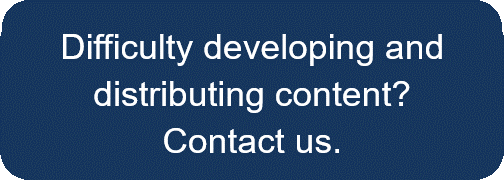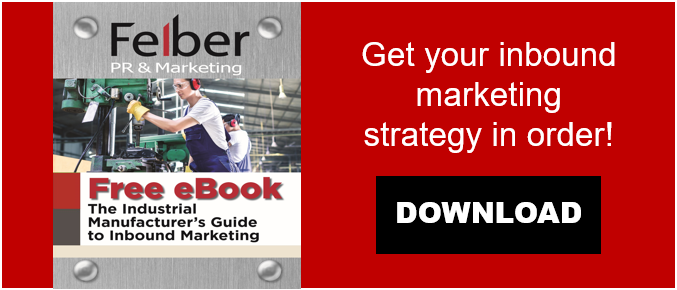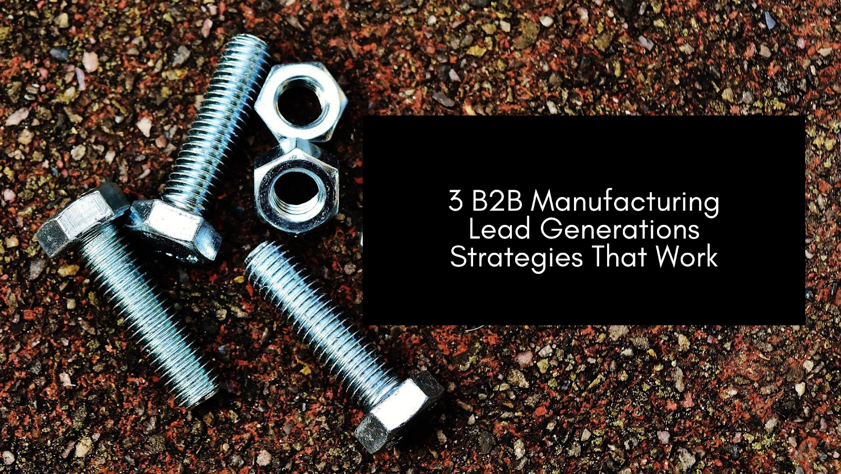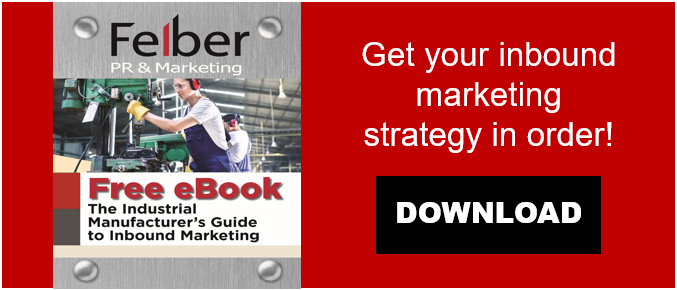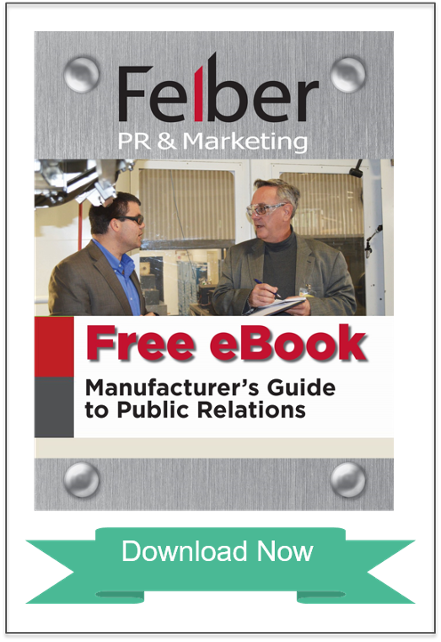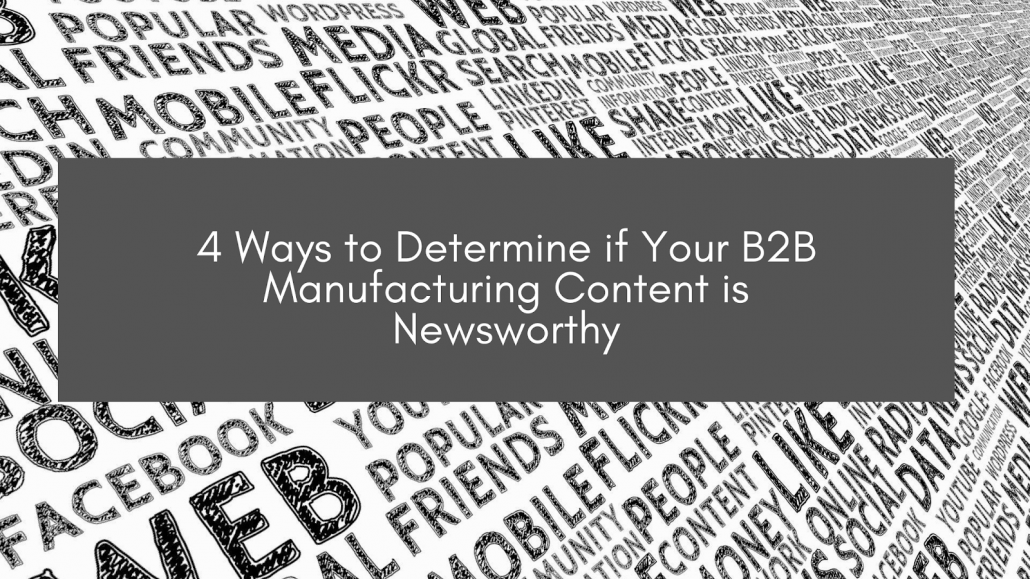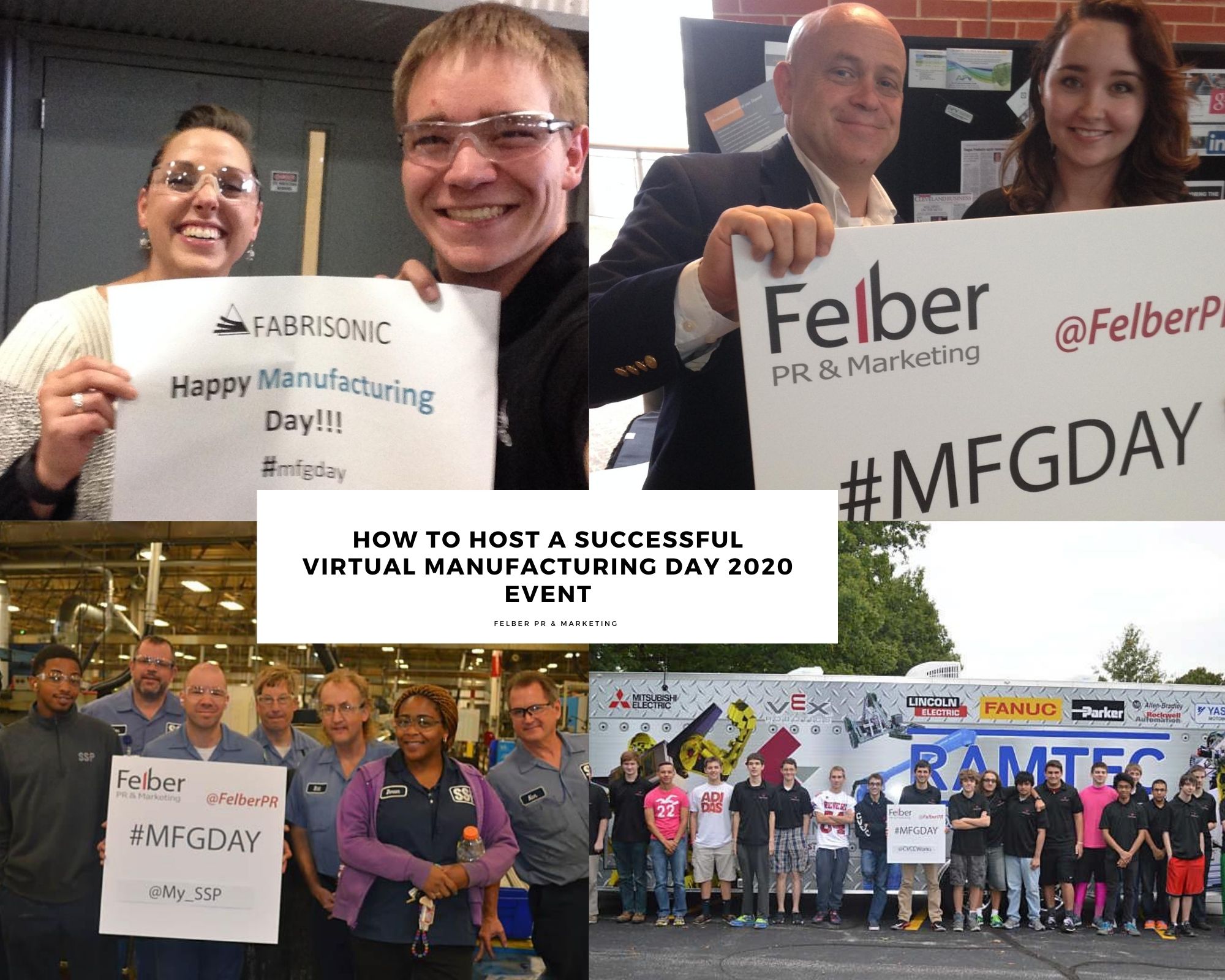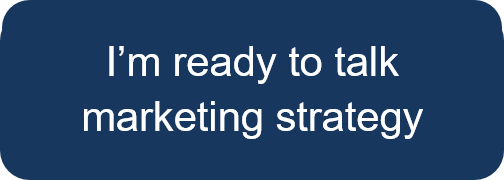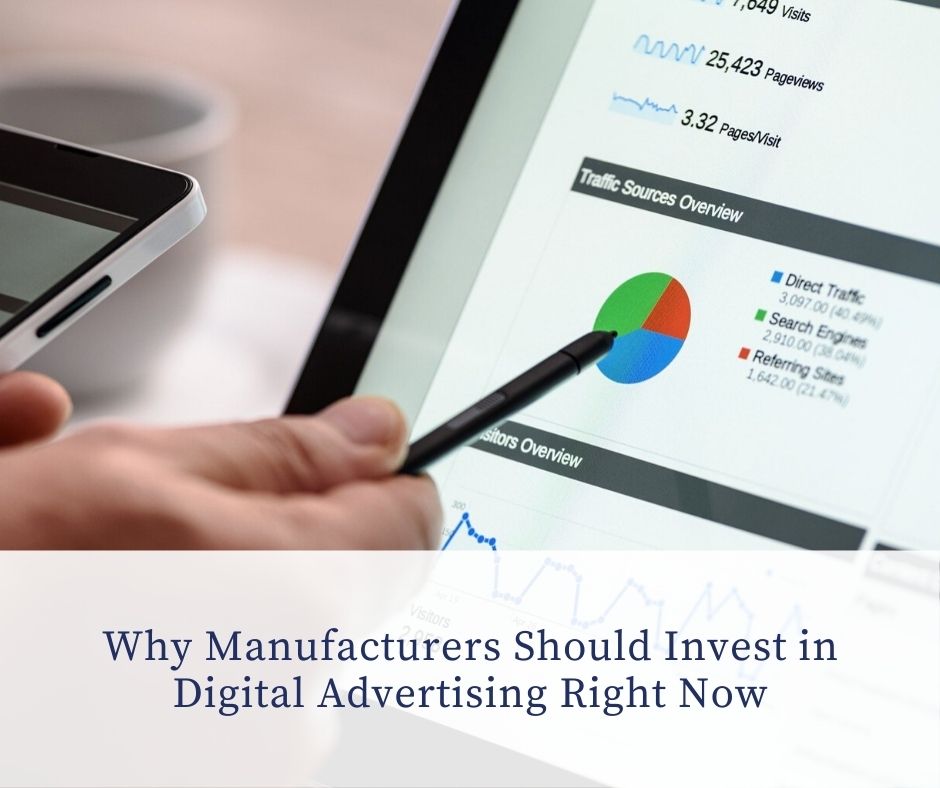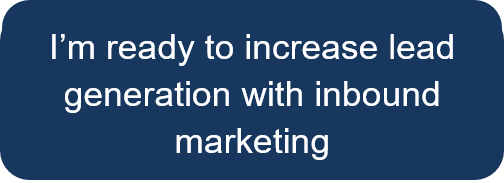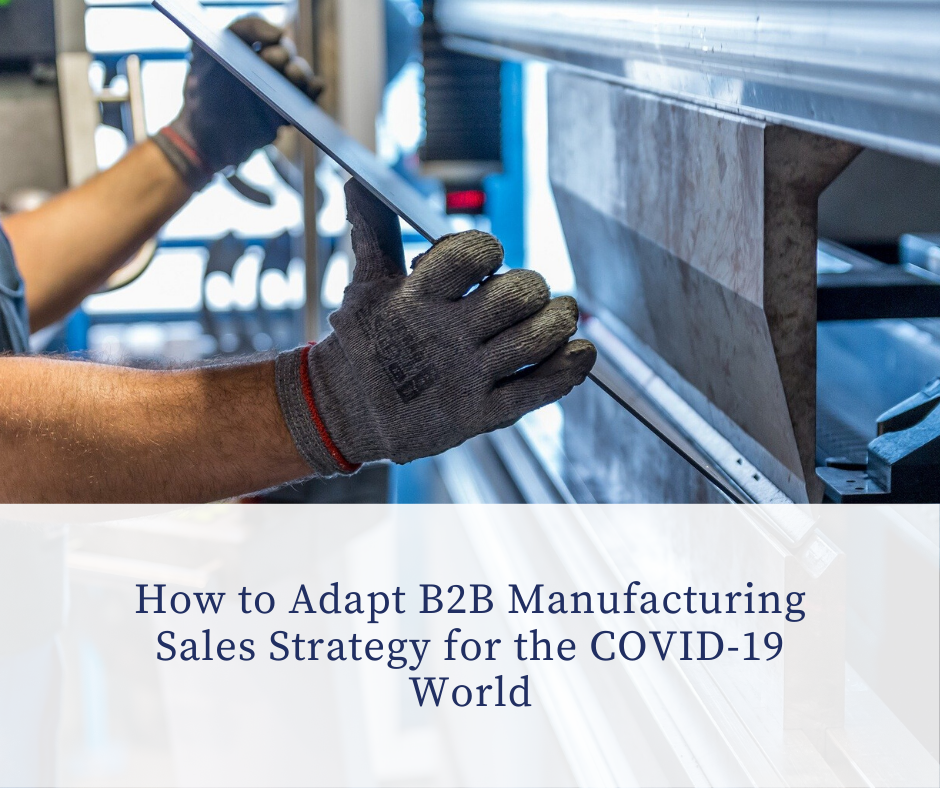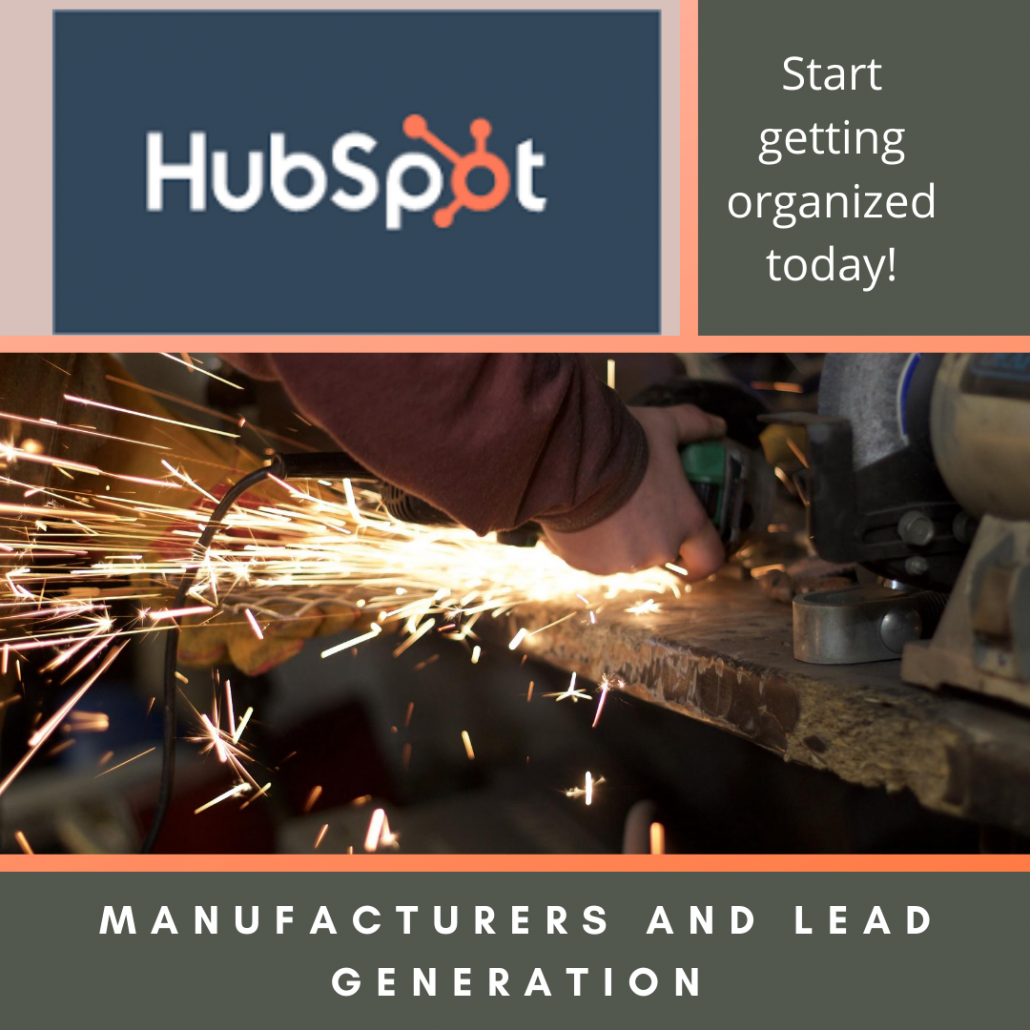
Oftentimes, we are asked why we are a HubSpot Partner Agency and if HubSpot really makes a difference in a successful inbound marketing strategy. In this blog we’ll take a deep dive into why manufacturers who have invested in HubSpot to automate their sales and marketing processes report better lead generation, sales efficiencies, and campaign reporting. (read what our clients are saying)
1) What gets measured gets done!
Better tracking of marketing campaigns & contact engagement
How are you currently tracking the effectiveness of your blogs, landing pages, web pages, forms, emails, social media posts, and advertising? Phew, that’s a lot to track, right? Can you easily track individual tools and tie it all back to a campaign in order to measure return-on-investment?
The campaigns tool in HubSpot empowers manufacturers to easily determine how landing pages are performing individually and as a campaign. Is one page outperforming another by visits, conversions, and new leads?. Your marketing team can now make informed decisions and adjust campaigns for ultimate success.
Additionally, HubSpot is an incredible resource to tie your entire team together. Your marketing, sales and customer service team needs accurate information, and they need it now. With HubSpot, everyone has access to the same, central database. No need to wade through multiple platforms on different servers. If you are using the FREE HubSpot CRM, all data from both sales and marketing efforts syncs seamlessly into one easy-to-use system.
2) “Dear Bob, do you want to know how engineers are reducing failures in product design.”
Personalizing your prospect’s experience with your brand
Marketing to your ideal buyers, or in marketing terms ‘buyer personas’, comes down to building trust in order to turn strangers into visitors on your website, and visitors into qualified leads, (and ultimately, customers).
You have been in business for decades. Your reputation as a manufacturer is known. Your website may very well be generating new visitors and consistent traffic but what comes next? Are you actually seeing leads converting into real names and companies? Leads that you can see in your CRM. How do you bring back visitors time and time again to your website? The answer lies in continuously providing prospects with valuable content related to their unique goals and challenges. To capture this valuable marketing data, utilize HubSpot tracking forms. And, with automated email workflows, you can better assess who the prospect is (and what buyer persona category they fit into), their current challenges, and where they are in their decision process (Read our blog on the buyer’s journey).
This may sound great to you, but how does it really work? Let’s use email for an example. If a contact reads a blog post or downloads your technical paper, you can automatically send them a personalized follow up email, thanking them, and additionally, guiding them to even more valuable resources (i.e. your product catalog, a customer case study in their industry, or.your inventory webpage). By immediately following up with a personalized message, you are increasing the likelihood of your emails now and in the future being read and action to be taken. Now, when you call this prospect, you know what they have read, allowing you to start a conversation based on their interests.
3) Social likes, clicks and comments turn into leads
Determine if your social media strategy is really generating leads and customers
Social media can be a time-consuming process. Marketers schedule posts multiple times a week, reply to comments, and follow prospects and customers. Oftentimes, we are asked by manufacturers if it really makes a difference. HubSpot streamlines social media efforts by allowing you to schedule and manage posts, set up keywords to follow and track activity, and most importantly, track the traffic to your website, leads gained, and customers acquired from your social media efforts. Regular, timely, and intuitive social content generates new leads.
4) Call just when they’re ready to buy – and not before
Sales Only Receives Leads That are Deemed ‘Sales Qualified’
Long gone are the days of sales calling every contact that fills out a form on your website. By utilizing HubSpot, you can set qualifications to define what a sales qualified lead looks like at your company. Then, HubSpot has the capability to track what Lifecycle Stage a contact fits into (e.g. subscriber, lead, marketing qualified lead, sales qualified lead, opportunity, or evangelist.)
After a lead is labeled as a Sales Qualified Lead (SQL) for example, your sales team will be notified to follow up with that lead. Since HubSpot tracks all contact interactions back to their first visit to your website, all of the contact’s website page views, content read or downloaded, and email read is shared with sales as well. With HubSpot, manufacturers can set up triggers to automatically label contacts as SQLs based upon various criteria, such as filling out a form to download a sell sheet or product catalog, or answering ‘yes’ to the form question, e.g. “Would you like to speak to a [ABC Manufacturing Company] sales representative?”

5) Measure twice, cut once
Improved tracking of ROI from your sales and marketing efforts
One of the biggest challenges manufacturers face is determining ROI from their various marketing tactics. It is important to take into account all the money you’ve spent on trade shows over the years. We see manufacturers spend thousands if not hundreds of thousands a year on trade shows simply because ‘my competitors are going and we HAVE to be there too.’ Can you currently answer how much of your marketing budget is allocated to trade shows, print advertising, pay-per-click, content development and other digital marketing efforts?
Now, answer this: Do we know how many leads were acquired and customers were closed due to your various marketing tactics and dollars spent on each tactic?
By utilizing HubSpot, manufacturers can easily track marketing efforts and determine how many net new leads and customers were acquired from each tactic. Manufacturing leadership can then best determine which efforts and campaigns are performing well, and which ones are underperforming, and adjust their budgets and efforts to meet their goals.
How are you connecting your sales and marketing teams together?
Interested in learning more about how HubSpot can streamline your marketing and sales efforts? At Felber PR & Marketing, we are a HubSpot Partner Agency that works exclusively with business-to-business manufacturers. We help our clients drive quality leads, determine the best tactics for their unique goals, and integrate HubSpot with our manufacturing clients in order to track net new leads and customers acquired from your marketing and sales tactics.




